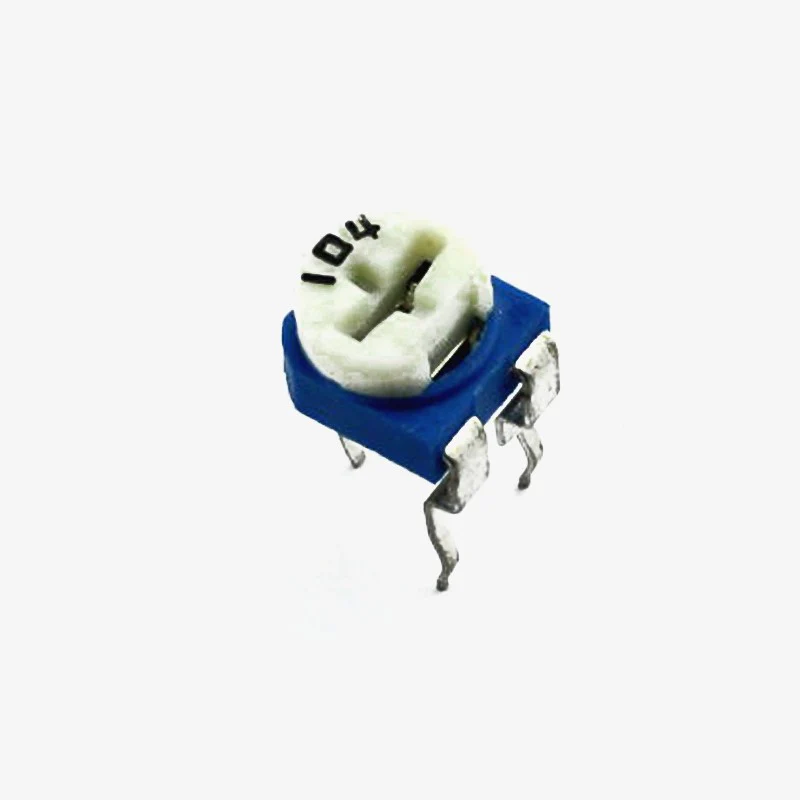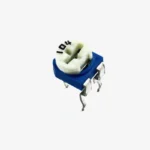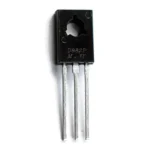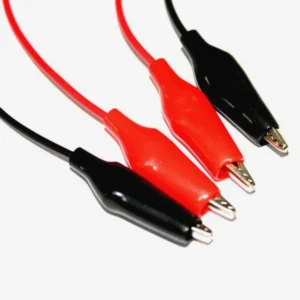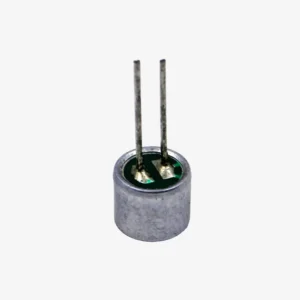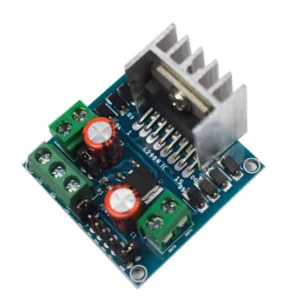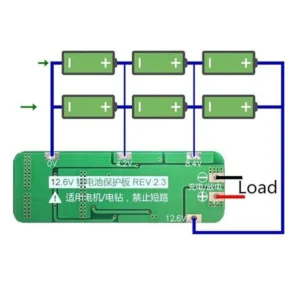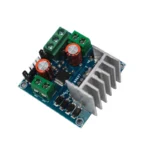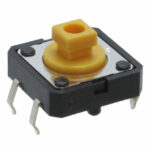Project – 100K Ohm 104 Preset Potentiometer (POT)
₹20.00 Original price was: ₹20.00.₹10.00Current price is: ₹10.00.
In stock
| Quantity | Price per item | Discount |
|---|---|---|
| 5-15 | ₹9.50 | 5% |
| 16-25 | ₹9.00 | 10% |
| 26+ | ₹8.50 | 15% |
A potentiometer is a variable resistor with three terminals, where Two terminals are connected to a resistive element and the third terminal is connected to an adjustable round wiper. The position of the wiper determines the output voltage.
This 100K ohm compact linear Potentiometer with plastic dust-cap is suitable for bread board as well as PCB. This is center tap type so two pins will measure full 100K resistance and on third pin resistance will vary in accordance to rotation. A small flat screw driver is used for changing the value.
Pin Description of Preset Potentiometer is shown below

The two terminals of the Preset construct a fixed length resistor called a track. As the middle terminal is adjusted, it is moved along the track to give a variable potential that is a fraction of the fixed potential across the track.
Specifications of Preset Potentiometer
- Type: Trimpot Potentiometer
- Max Resistance: 100kΩ
- Max Supply Voltage: 60Vdc
- Enclosure Material: Plastic
| Body Color | |
|---|---|
| Brand | |
| Color | |
| Design | |
| Name | |
| Point Type | |
| Salect | |
| Salect Alphabet | |
| Salect Board Size | |
| Salect Chart Number | |
| Salect Color | |
| Salect Colors | |
| Salect Colour | |
| Salect Colour Set | |
| Salect Design | |
| Salect Fragrance | |
| Salect Model | |
| Salect Number | |
| Salect Pages | |
| Salect Poster | |
| Salect Quantity: | |
| Salect Size | |
| Salect Size (Ohm) | |
| Salect Size and Color | |
| Salect Thickness | |
| Salect Type | |
| Salect Types | |
| Salect Weight | |
| Select No. of Sheets | |
| Size | |
| Type | |
| Types | |
| Salect Type & Color |
- Seasonal Items
- Stationery
- Colour Pen
- Stapler & Pin
- Supplementary Paper
- Highlighter Pen
- Bill Book
- Tagging & Labelling
- Digital Slate
- Refill
- Pouch
- Gel Pen (Roller)
- Book
- File
- Fountain Pen
- Duster
- Lab & Scientific Products
- Stationery Kit
- Spray Paint
- Ball Pen
- Stamp Pad
- Envelope
- Geometry Accessories
- Pencil
- Labels & Sticker
- Carbon Paper
- Calculators
- Glue
- Eraser
- Tape
- Modeling Clay
- Scissors
- Dictionary
- Mechanical Pencil
- Art and Craft
- Marker
- Paper
- Painting Materials
- Sharpener
- Correction Tape and Pen
- Mechanical Pencil Lead
- Tape Dispenser
- Paper Ream
- Chalk and Slate Pencil
- Diary
- Fountain Cartridges
- Slate
- Mobile & Electronic
- Cake & Bakery
- Toys & Games
- Smart Home
- Office Products
- Cloths
- Home & Kitchen
- Electronics Project
- Decorations Items
- Novelty
- Computers Accessories
- Gifts & Showpiece
- By Age Group
- Health & Personal Care
- Acrylic Colours
- Badminton
- Ball Pen
- Battery
- Board Game
- Book
- Calculator
- Capacitor
- Colour Pen
- Decorations Items
- Diary
- Diodes
- Doms Pencil
- Eraser
- Fountain Pen
- Gel Pen
- Glue
- Kitchen Set
- LED
- Mechanical Pencil
- Modeling Clay
- Motor
- Paper
- Patanjali Nutrela
- pen
- Pencil
- Pen Pencil
- Permanent Marker
- Preset
- Refill
- Roller Pen
- Scale
- Sensors / Module
- Sketch Pen
- Sports
- Stapler
- Stationery Kit
- Switch
- Tape
- Toys
- Track Pants
- Track Suits
- Transistors / Regulators
- Vehicle Play Set
- Women's Wear
Related Products
In stock
In stock
In stock
In stock
In stock
In stock
In stock
In stock
In stock
In stock
In stock
In stock

